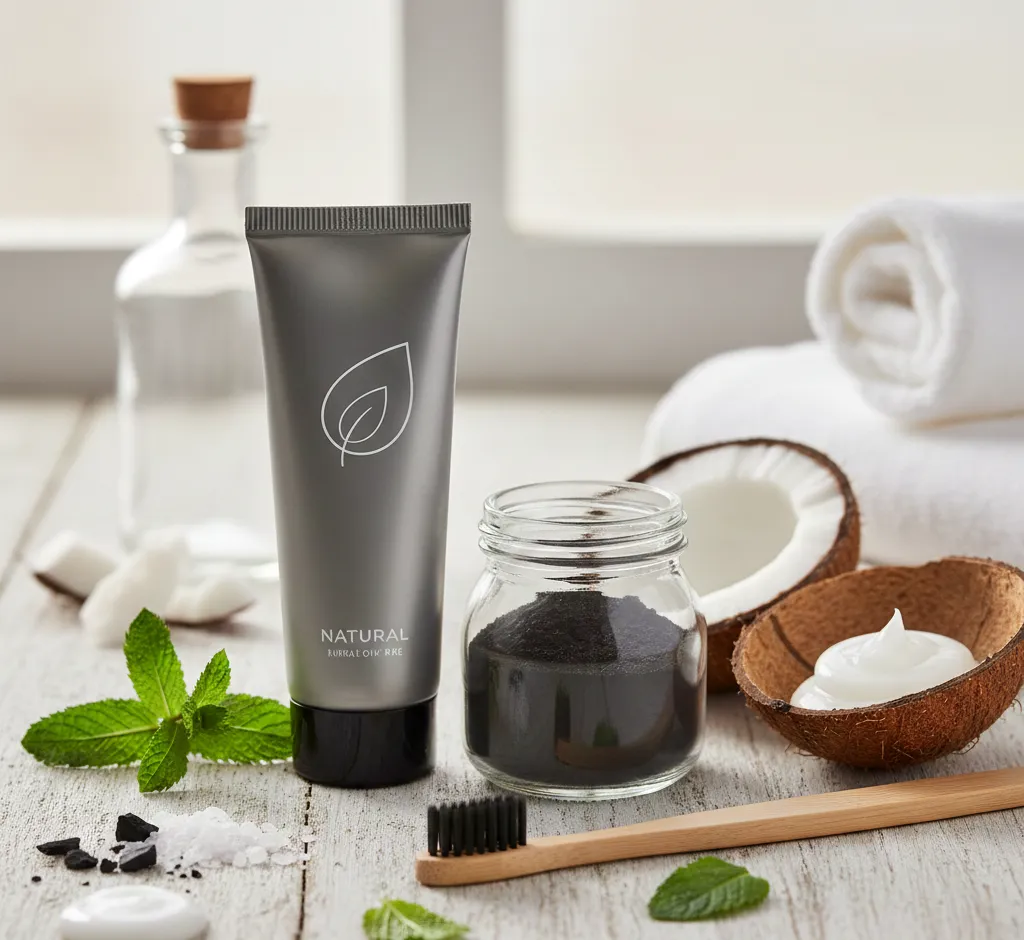Brighter Smiles, Naturally: The Truth About Chemical-Free Whitening Toothpastes
Discover how natural toothpastes achieve effective teeth whitening without harsh chemicals like peroxide. Learn about the power of activated charcoal, baking soda, and gentle abrasives for a brighter, healthier smile.

Brighter Smiles, Naturally: The Truth About Chemical-Free Whitening Toothpastes
The quest for a brilliant, white smile has long driven the market for dental care. Historically, this has meant relying on powerful chemical bleaching agents like hydrogen peroxide. However, a growing number of consumers are now turning their attention toward natural toothpastes, seeking effective whitening results without harsh, synthetic chemicals. But can these nature-derived formulas truly compete with their conventional counterparts?
The Consumer Shift to Natural Oral Care
The movement toward natural toothpastes is part of a broader trend where consumers are scrutinizing ingredient lists and demanding transparency. Many are concerned about ingredients like SLS (Sodium Lauryl Sulfate), artificial sweeteners, and, in the context of whitening, high concentrations of chemical peroxides that can lead to tooth sensitivity and gum irritation. Natural oral care offers a perceived 'cleaner' path to dental wellness.
How Natural Toothpastes Achieve Whitening
Unlike conventional products that rely on chemical oxidation to change the tooth's color (bleaching), natural whitening toothpastes operate through two primary, non-chemical mechanisms: **polishing** and **stain absorption**.
- Gentle Abrasives (Polishing): Natural formulas use finely milled, gentle abrasives to mechanically scrub away surface stains (extrinsic stains) caused by coffee, tea, wine, and tobacco. Common natural abrasives include:
- Silica (Hydrated Silica): A mineral derived from quartz, it is an extremely common, gentle polishing agent.
- Calcium Carbonate: Another mild abrasive derived from chalk, used to help remove plaque and surface residue.
- Dicalcium Phosphate: Aids in polishing and sometimes in remineralization.
- Adsorbents (Stain Absorption): Certain natural ingredients are highly porous and can bind to tannins and pigments, lifting them from the tooth surface.
- Activated Charcoal: Highly popular for its incredible surface area, activated charcoal acts like a magnet, drawing out and absorbing stains and toxins from the tooth enamel.
- Baking Soda (Sodium Bicarbonate): A mild abrasive and a natural alkalizer that helps neutralize mouth acids and gently lifts surface stains.
Key Natural Ingredients and Their Role
Beyond the whitening agents, natural toothpastes are fortified with botanical extracts that support overall oral health:
Coconut Oil (Oil Pulling Tradition)
The practice of oil pulling has been used for centuries. Coconut oil contains lauric acid, which is effective at fighting harmful mouth bacteria. While not a direct whitener, reducing plaque and inflammation contributes to a healthier-looking, brighter smile.
Essential Oils and Herbal Extracts
Ingredients like peppermint, spearmint, tea tree oil, and myrrh offer natural antimicrobial properties, act as natural flavorings, and help maintain fresh breath without artificial ingredients or alcohol.
Xylitol: The Natural Sweetener with Benefits
Often replacing artificial sweeteners, Xylitol is a sugar alcohol that significantly reduces the levels of harmful bacteria in the mouth that cause plaque and decay. It starves the bacteria, thereby promoting a cleaner, stain-resistant environment.
The Verdict: What You Need to Know
Can natural toothpastes give you the dramatic, instant results of a professional chemical bleaching treatment? Generally, no. Chemical bleaches penetrate the enamel to change the tooth's intrinsic color, while natural toothpastes focus on removing surface stains.
However, are natural toothpastes effective for maintaining a bright smile and slowly lifting extrinsic stains? Absolutely. For individuals with mild to moderate surface staining and those prioritizing long-term oral health over fast, drastic chemical changes, natural whitening toothpastes are an excellent choice. They are particularly beneficial for people with sensitive teeth or gums who cannot tolerate peroxide-based products.
Tips for Maximizing Natural Whitening
- Consistency is Key: Use the natural toothpaste twice daily for sustained results.
- Monitor Your Diet: Limit intake of highly pigmented drinks (coffee, red wine) and acidic foods to prevent new stains from forming.
- Brush Gently: Even with gentle abrasives, excessive force can damage enamel. Use a soft-bristled brush.
- Regular Professional Cleanings: No toothpaste can replace the thorough cleaning and examination provided by a dentist.
By choosing natural whitening toothpastes, you are opting for a balanced approach: leveraging the power of nature to gently polish away stains while protecting the delicate ecosystem of your mouth from harsh chemicals.


